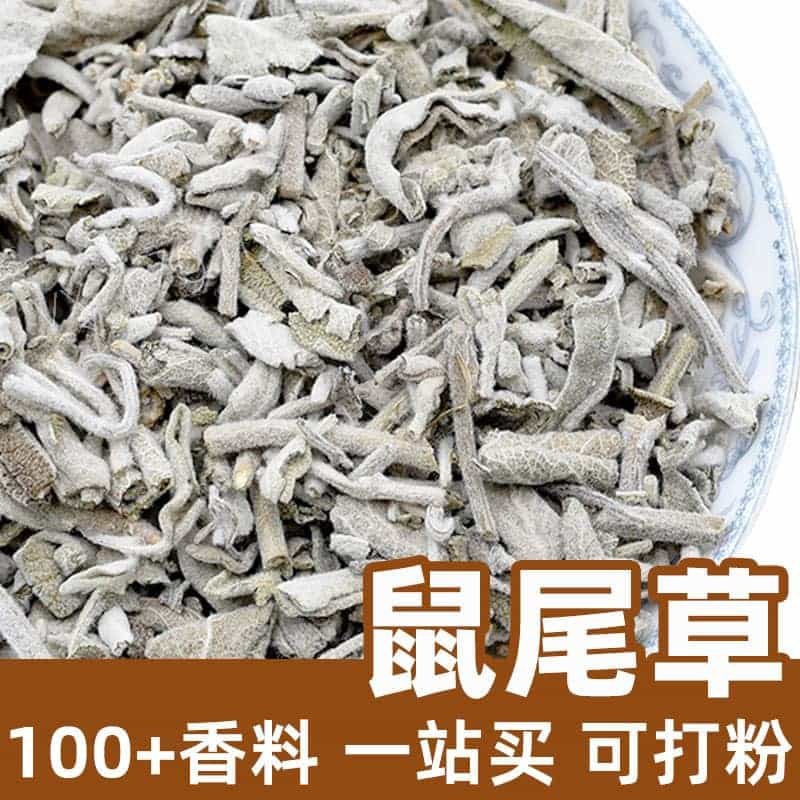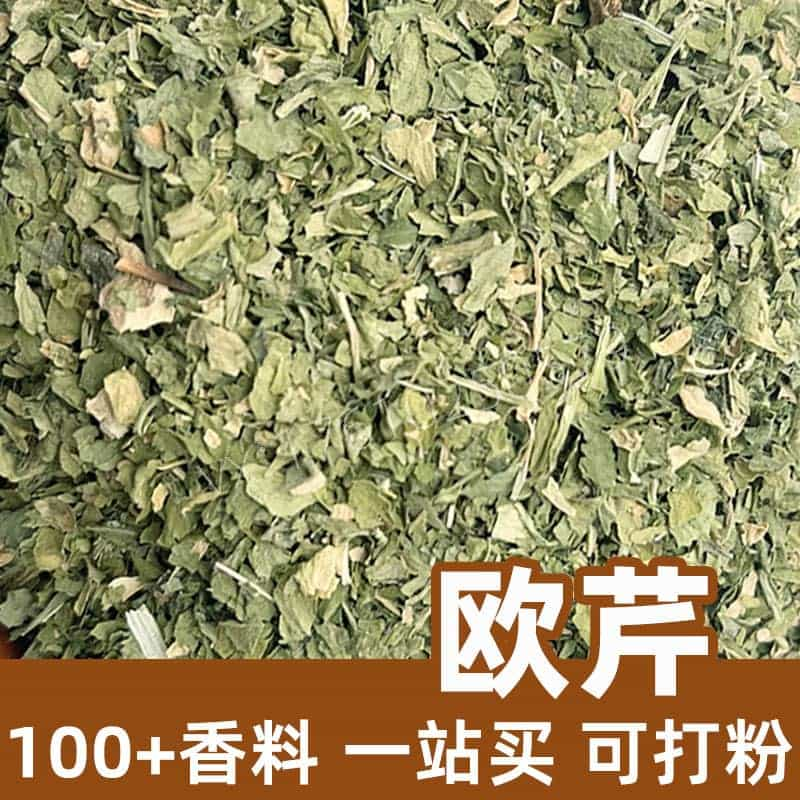Product Description
Murraya exotica, commonly known as "Thyme," is an aromatic herb with a strong fragrance and bitter taste. It’s a small shrub-like plant valued for culinary and medicinal uses, well-regarded for its distinctive aroma and health benefits.
Thyme is widely used in cooking and herbal remedies, bringing unique flavor and therapeutic properties to food and herbal preparations.
Aroma Chemical Composition
The characteristic aroma of thyme is primarily due to its chemical components, including essential oils, phenolic compounds, and ketones. These components contribute to thyme's strong aroma and bitterness.
Product Varieties
Thyme mainly refers to the leaves and flowers of the Murraya exotica plant. Different varieties of thyme may have subtle variations in aroma and flavor.
Applications and Usage Guidelines
Thyme has broad applications in cooking and herbal medicine. Here are some common uses and recommended quantities:
- Culinary Use: Thyme is a popular seasoning for meats, fish, vegetables, soups, and sauces. It can be used in dried leaf, fresh leaf, or extract form. Thyme adds a unique aroma and bitterness to dishes, especially suited for roasting, stewing, and sautéing.
- Herbal Applications: Thyme is also used in herbal remedies. It is believed to have antibacterial, anti-inflammatory, and soothing properties. Thyme can be made into herbal teas, essential oils, or herbal formulations to help alleviate cough, indigestion, and anxiety.
- Beverages: Thyme leaves can be used to make tea. Steeping thyme leaves in hot water creates a soothing and refreshing thyme tea.
The quantity of thyme can be adjusted based on personal taste and dish requirements. It’s usually recommended to start with a small amount and gradually increase for desired flavor.
Source Plant Description, Distribution, and Growing Environment
Thyme is native to the Mediterranean region but is now widely cultivated worldwide. This perennial herb typically grows between 10 and 30 cm in height.
Thyme thrives in sunny locations with well-draining soil. It can be grown in gardens, yards, pots, as well as on grasslands and slopes. Regular pruning of leaves and flowers encourages growth and helps maintain plant health.
Harvesting, Processing, and Storage
Thyme leaves and flowers can be harvested by cutting and trimming. Once the plant reaches a certain height, the upper leaves and flowers can be collected.
To retain freshness and extend its shelf life, thyme should be air-dried and stored in a dry, cool, sealed container. Fresh thyme can also be kept in a plastic bag in the refrigerator. Dried thyme can be stored at room temperature for several months to a year.
Monica Sun is a seasoned expert in the natural raw materials industry, with over a decade of experience specializing in traditional Chinese medicinal herbs, spices, and fungi. She is skilled in the sourcing, processing, and application of these materials, emphasizing sustainability and innovation. Monica Sun has contributed to the development of high-quality natural raw materials that serve as essential components in functional foods, pharmaceuticals, and cosmetics, delivering tailored solutions to meet diverse market needs.









.jpg)


.jpg)


